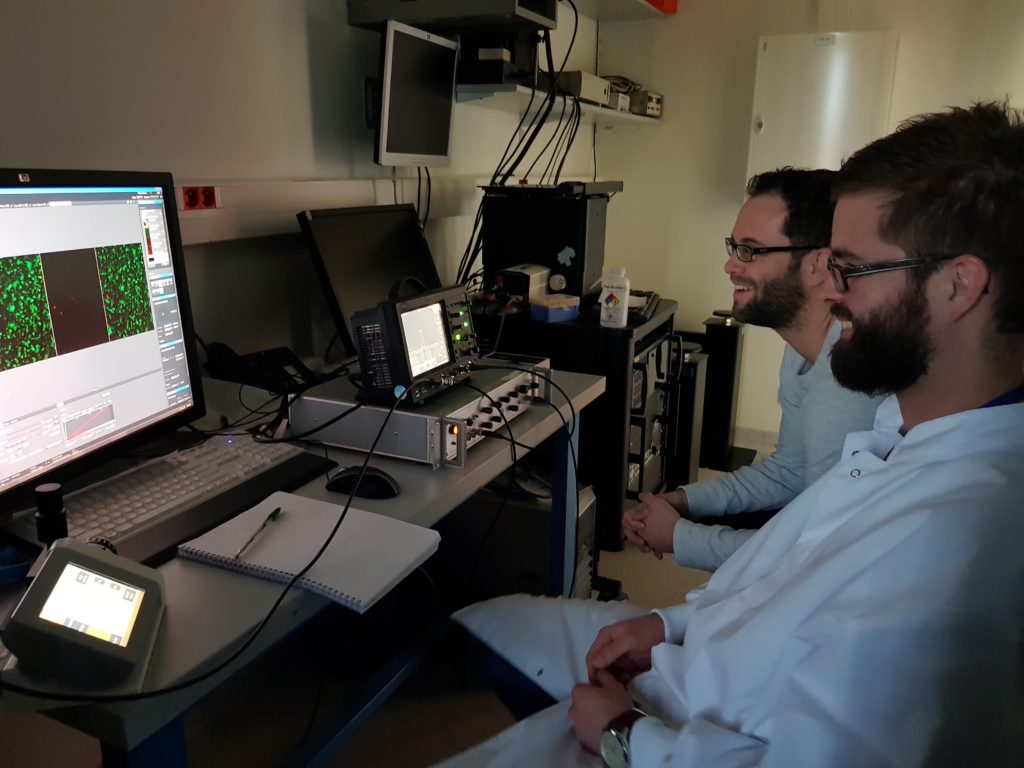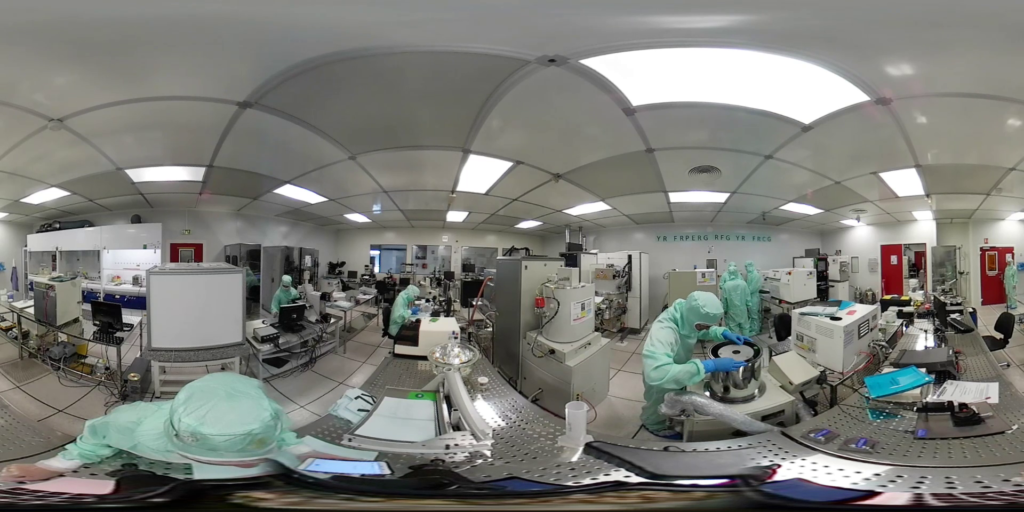Our history
The Department of Bioelectronics (BEL) is located on the campus Aix-Marseille-Provence campus of the École des Mines de Saint-Étienne (EMSE), in the outskirts of Marseille. The founding vision of BEL was to create “an internationally renowned Department in which bioelectronic technologies are generated through better understanding and control of the electronics/tissue interface, and which provides outstanding education opportunities in this rapidly evolving field”. The approach that was chosen was to build a mixed team of faculty with backgrounds in physical sciences/engineering and in life sciences within the same department, in order to foster the intimate integration of these two disciplines.
BEL was created in 2009 with significant financial support from local authorities (Regional Council PACA and Conseil Général des Bouches du Rhône) and from Europe (European Regional Development Fund). It currently has four permanent people (three faculty and one research engineer) and about 15 non-permanent researchers (postdocs, graduate students, engineers, visitors). Non-permanent personnel, as well as operating expenses are financed by grants from various international organizations, the European Union, French agencies and foundations, the region, and industry.
BEL benefits from strong ties with:
1) the Institut de Neurosciences de la Timone a mixed team between the Aix-Marseille University and the CNRS with shared interests in Neurotechnology.
2) the Institute of Neuroscience of Systems, a mixed team between the Aix-Marseille University and the INSERM with shared interest in Neuroengineering
Our philosophy
Consistent with our founding vision outlined above, we welcome collaborations with like-minded academic and industrial teams. Working with industry, in particular, is an important part of our mission. Since our school belongs to the Ministry of Industry, such collaborations are relatively straightforward to setup and can be mutually beneficial. We operate based on an “open source” model, where our core technologies and know-how are disseminated to the scientific community via publications, conference presentations etc. Industrial partners can benefit from working with us by (1) learning about organic bioelectronics from one of the leading groups in the field, and (2) getting visibility through joint publications, presentations etc. On the other hand, knowledge developed in our Department is disseminated openly, hence does not “belong” to any particular industrial partner. Otherwise said, we gladly offer our extensive knowledge to industry, but with the understanding that we maintain our freedom to disseminate and to engage in research with multiple partners.
Our facilities
A full suite of laboratories that permit the integration of living cells and biomaterials (proteins, nucleotides, sugars) with electronic devices and their subsequent characterization is present in the Department of Bioelectronics. It includes a biology laboratory, equipped for molecular biology, microbiology, immunology, biochemistry, and cell culture, and integration laboratories equipped for electrophysiology (patch clamp, microelectrode arrays), electrical and electrochemical characterization, fluorescence imaging and video-microscopy.

Our Department has full access to the collaborative platform Micro-PackS whose state-of-the-art resources include a micro-packaging prototyping line, a printed electronics platform, and extensive microfabrication and characterization facilities. Micro-PackS is equipped with microelectronics fabrication and characterization equipment worth more than €8 million, deployed in a 800 m2 clean room.
